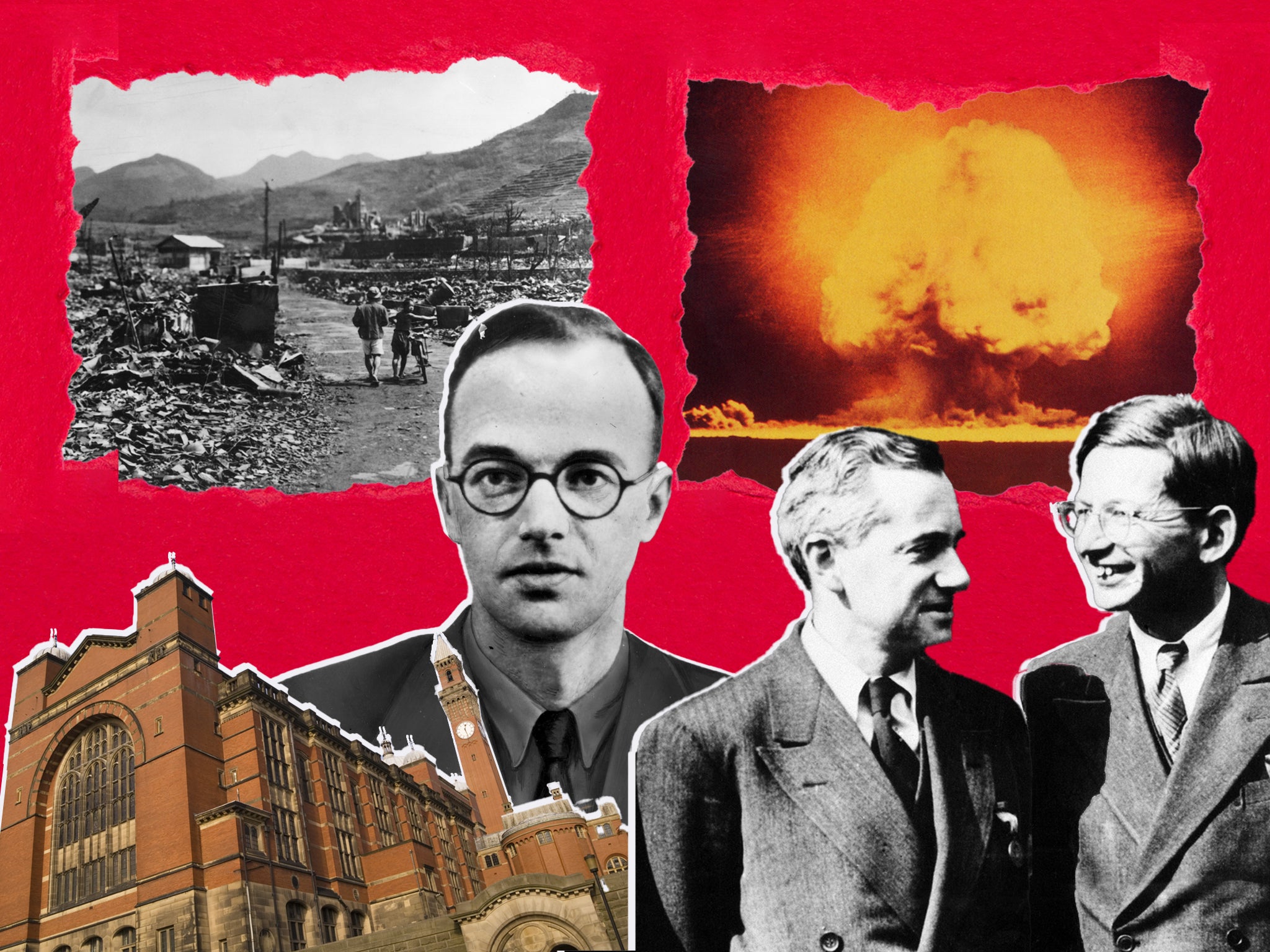Birmingham, the atom bomb and the most influential Soviet spy in history
A eureka moment in a Birmingham basement led to the only use of nuclear weapons in armed conflict – and the death of hundreds of thousands of civilians in Japan. Sean Smith reports

The road to Hiroshima and Nagasaki began in a cluttered basement office at Birmingham University in March 1940, where two physicists, Otto Frisch and Rudolf Peierls, were discussing a theoretical atom bomb. As Jewish refugees from Nazism, they were all too aware that their former colleagues in Germany were almost certainly grappling with the same problem. It was well known that conventional uranium could not be used to create a nuclear explosion; Frisch and Peierls were wondering what would happen if the isotope variation known as U-235 was used instead.
Although it was a more promising candidate, U-235 had received scant attention because it was generally supposed that many tonnes of the rare material would be needed to create a nuclear explosion. But how much exactly? It was a calculation that nobody had thought to perform.
Scribbling on the back of an envelope, and applying a formula especially devised by Peierls, they discovered that just a few pounds of the isotope would be required. A second quick calculation revealed that it would yield a blast equivalent to 1,000 tonnes of conventional explosive, and generate temperatures comparable to those at the heart of the sun.
Subscribe to Independent Premium to bookmark this article
Want to bookmark your favourite articles and stories to read or reference later? Start your Independent Premium subscription today.
Join our commenting forum
Join thought-provoking conversations, follow other Independent readers and see their replies